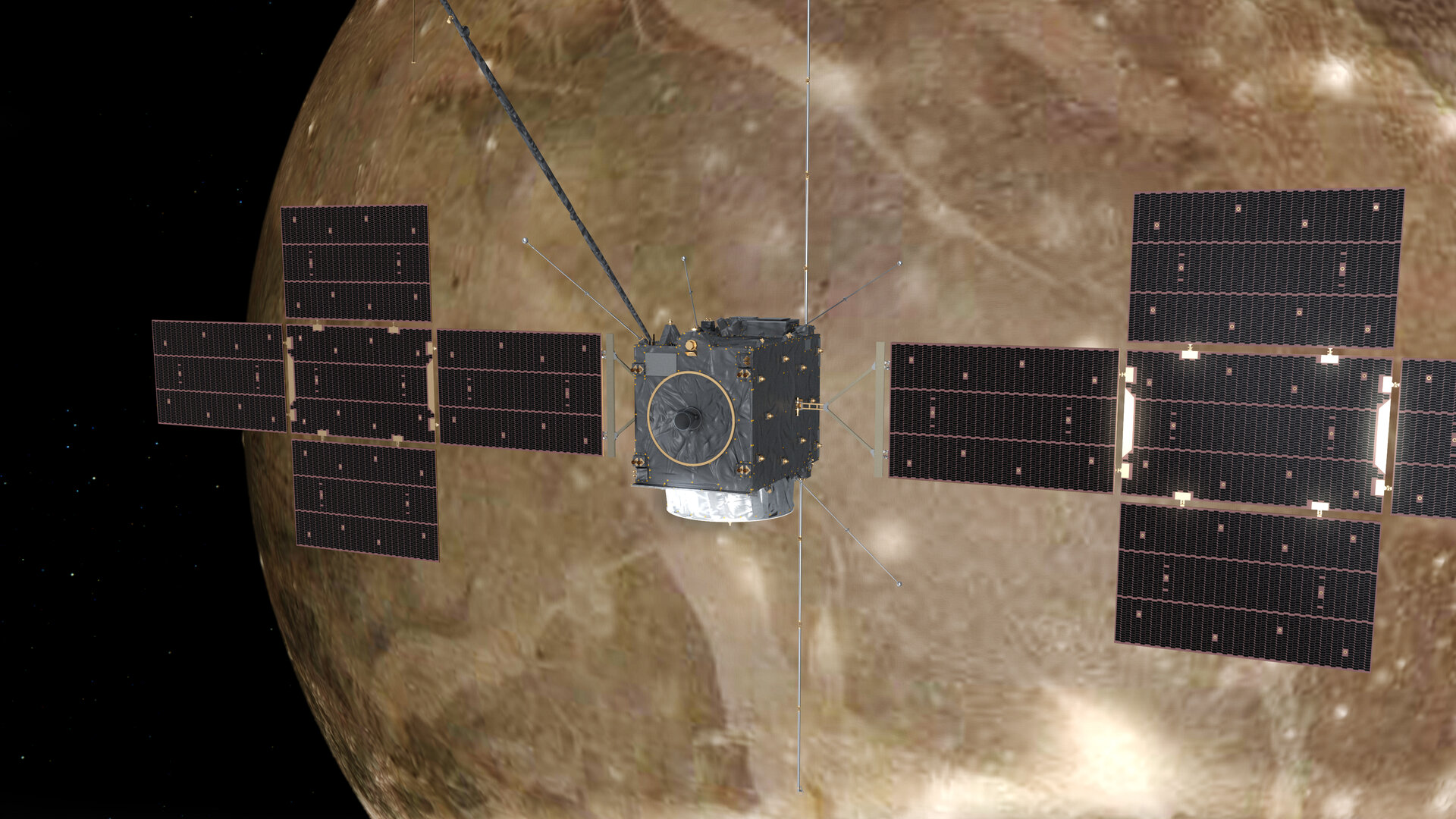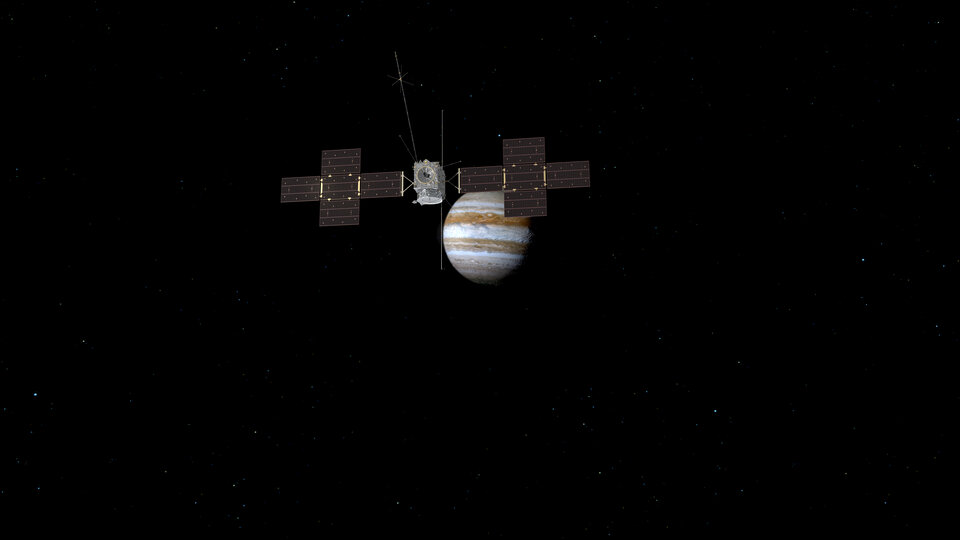ESA R&D Solves the Engineering Challenges of Jupiter
Several TDE and GSTP R&D activities have helped along the path to launching the Juice mission.
For any space mission to launch, thousands of hours must have been spent iterating new technologies to make the spacecraft fly. ESA’s Jupiter Icy Moons Explorer, (Juice), which launches today, will spend 3½ years exploring the Jupiter system with a particular emphasis on visiting the three icy Galilean moons and collecting data on the Jovian atmosphere and magnetosphere. During its lifetime the spacecraft and all the instruments on board will experience a wealth of challenges that most spacecraft, especially the satellites launched into Earth’s orbit, never experience. Whether that’s extreme radiation damaging equipment on board or the ice coverings preventing instrument measurements. Even simply the low light levels experienced when you are that far from the Sun. Many new technologies have been developed to overcome these engineering challenges and most of these began life within ESA’s technology programmes, as GSTP or TDE activities. Here we discuss the challenges Juice faces and some of the many TDE and GSTP activities that have helped overcome them.
High radiation
Juice will make detailed observations of the giant gas planet and its three large ocean-bearing moons – Ganymede, Callisto and Europa – with a suite of remote sensing, geophysical and in situ instruments. These instruments will have to operate in a very high radiation environment, one of the most intense in the Solar System due to Jupiter’s magnetic field. As these particles bombard the instruments on board, they cause damage; over time this degrades the coatings on different instruments or the structures supporting them until they eventually break.
Radiation damage calculator
One of the activities GSTP funded, with the University and INFN Milano-Bicocca, Italy, was to build software that could calculate the damage Jupiter’s radiation could cause at different doses to different materials. The resulting calculator, SR-NIEL – 7, is available online and is now used by tens of thousands of people worldwide to test their instruments. The calculator began life as a way of anticipating how much damage irradiated particles could do to the crystal structure of solar panels to understand what material they are best made from to survive longest. The activity was done in close collaboration with a team conducting physical tests, where they exposed various test structures to radiation and then checked how damaged the cells were. These tests were then compared to the calculator’s simulation to see if it could accurately predict the degradation. Once the models were working well they became part of ESA's SPace ENVironment Information System (SPENVIS), another web interface that hosts models of the space environment and its effects; including galactic cosmic rays, solar energetic particles, natural radiation belts, plasmas, gases, meteoroids and debris.
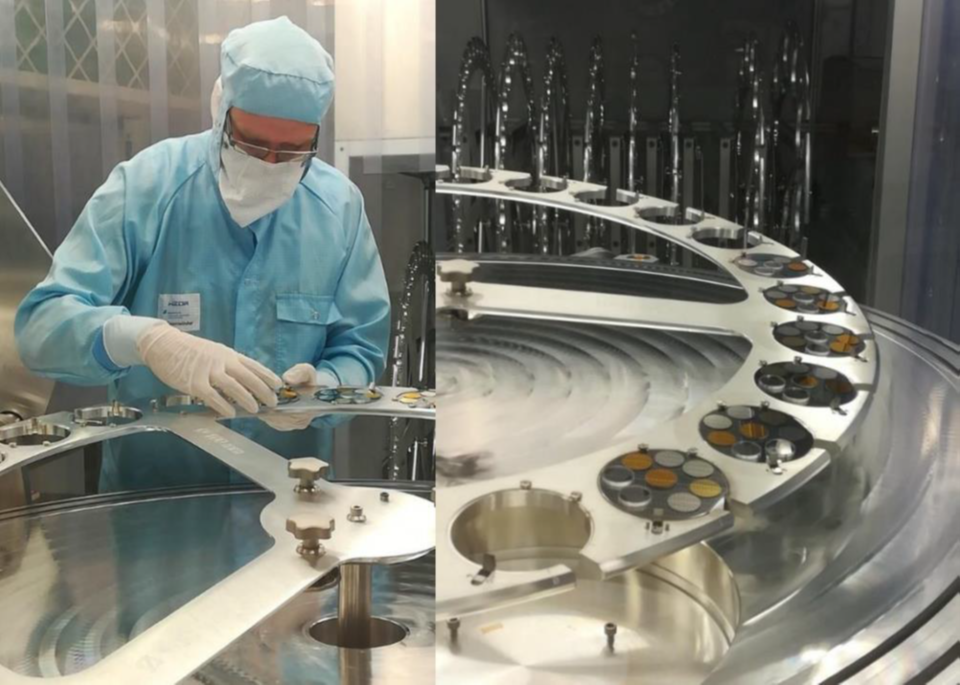
Radiation testing optical lenses
Some of the important science Juice will conduct will use optical imaging and sensing systems such as cameras and telescopes to observe and measure the planet and its moons. Coated elements in these instruments are often optimised for performance, such as their transparency or reflectivity in a desired portion of the light spectrum. Low-energy electrons and ions are considered one of the most critical sources of damage for optical components and coatings. The optical performance of the components strongly affects the data outcomes scientists receive back on Earth, and their degradation can lead to a misinterpretation of the scientific data. In extreme scenarios, the failure of a component can affect the operational capacity of the whole instrument. A GSTP activity with the National Research Council of Italy – Institute for Photonics and Nanotechnologies investigated exactly how radiation might affect these coatings and how these degradations can be prevented from happening. The activity tested how different coatings react to radiation exposure and built a detailed protocol preventing this damage from occurring in the first place. The activity was also able to develop radiation-robust optical components that the protocols could be tested on.
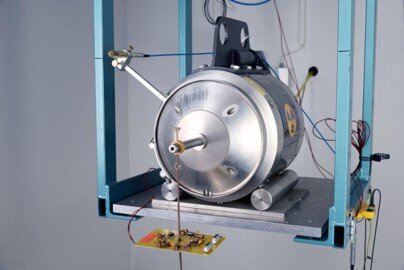
Radiation survey of the transistors
A TDE activity with the Fraunhofer Institute in Germany conducted a survey to see how much ionising radiation the transistors and silicon carbide (SiC) devices intended for Juice specifically can withstand. SiC-based power devices can be used similarly to other semiconductor transistors, but offer compelling advantages, such as a higher point-of-breakdown voltage and a high-operating electric field. As such, these SiC power devices enable significant improvements to space systems to be made. But radiation data on them is scarce and their sensitivity is unknown. The mission needs power transistors and components with the highest possible tolerance to radiation. To make sure these components were suitable for the mission, the TDE activity wanted to observe and assess the Total Ionising Dose (TID) tolerance of SiC power devices and the Total Ionising Dose tolerance and Enhanced Low Dose Rate Sensitivity of power bipolar transistors. The activity found that the SiC-based power exhibited a very high TID tolerance but these devices seemed extremely sensitive to destructive Single Event Effects (burnout) meaning they could only be operated safely in space at around 90% of their max rated voltage e.g. 120V for a 1200V rated device. Despite this, four of the six power bipolar transistors were found to be suitable for Juice. Figure 3Co-60 Facilities
Low light and harsh temperatures
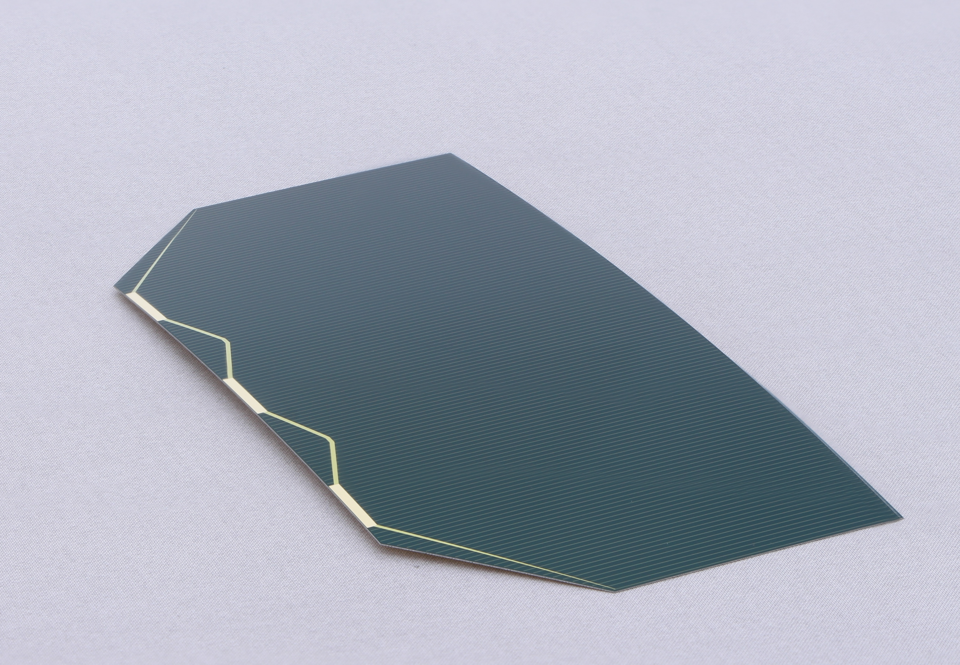
Juice will hopefully run for at least 11 years. Eight of those 11 will be spent journeying to the planet. During the remaining time it needs at least 800-900W of power to capture data around Jupiter. While collecting data, Juice will experience extremely low temperatures, of around -150oC, dropping to an even more chilling -230°C during eclipses. On top of this, light levels are 25 times lower than those on Earth as Jupiter is so far from the Sun, meaning solar cells must be extremely efficient at capturing what little light there is.
The World’s Most Efficient Solar Cells (LILT)
A TDE activity with AZUR SPACE Solar Power in Germany built solar cells that were 30% more efficient at capturing light. In 2017 when the activity closed these were considered the best performing solar cells in the world. Another TDE activity took these solar cells and adapted them to anticipate the low light and temperature environment of Jupiter by modifying the metal on the front side and changing the design and manufacturing of the edges to avoid flat spots – a known problem with solar cells in low temperatures that varies from cell to cell. A standard triple-junction solar cell (in the 80 µm thick configuration) was identified as the baseline for Juice and is used across the spacecraft’s huge, 85m2, solar panels.
Long distance data
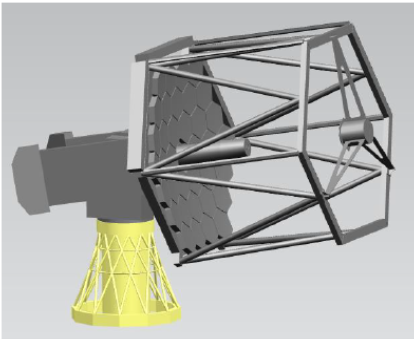
Missions to the outer Solar System, such as Juice, require up- and down-link communications capable of travelling the unimaginable distances back to Earth. Current operational missions such as Mars Express or Venus Express deliver their collected data successfully back to Earth. To make sure there is reliable communication with these deep space probes, ESA has built a deep space antenna (DSA) ground station network. These 35-m antennas are already equipped with high performance technology that fulfils the requirements of ambitious deep space exploration missions such as Juice, but when even higher download rates are needed over even larger distances, their signal strengths need to be improved.
Higher power uplinks from Earth to deep space
It is impossible to predict every scenario the spacecraft may encounter in space. If the worst were to occur and Juice lost its stable trajectory and, in turn, the accurate pointing of its high-gain communication antenna, it may be necessary to perform an emergency recovery. In any case, once Juice arrives at Jupiter it must be taken out of hibernation after the long flight. To handle both of these scenarios the spacecraft is equipped with additional antennas that receive emergency signals from Earth. Because of the large distance, the Earth stations must be able to ensure that they can send a signal with enough power to reach the antennas on the spacecraft.
A TDE activity with MIRAD microwave, Luxembourg, studied the upgrades needed to increase the transmit power of ESA’s Deep Space Antenna by a factor of four, by enlarging the transmitted power to 100 kW, versus the current 20 kW. The complete infrastructures of the Earth stations (NNO, CEB, and MLG) were investigated and analysed to understand how this high-power antenna would be achieved a and the feasibility of each upgrade was detailed in the activity.
Cost-effective antennas for Deep Space spacecraft
As deep space and Lagrange missions are requiring higher data rate and the need to move to higher frequencies. Two radiofrequency bands have been reserved for this purpose - K-Band (26 GHz) and Ka-Band (32 GHz).
At the same time, optical deep-space antennas are part of ESA’s ‘Next Generation Deep Space Communications’ scheme, needed to cope with the increasing data downlink demand from ESA deep space missions such as Juice.
A GSTP activity with MT Mechatronics in Germany developed a modular design for an antenna that can support both radiofrequency and optical communications at these distances.
Debris damage
Micrometeoroids travelling at hypervelocities in deep space pose a significant environmental hazard to spacecraft.
Meteorite mapping models
Reliable models are needed not only for Earth orbits but also for interplanetary orbits and for local planetary environments that are the targets of space missions. TDE, along with the University of Potsdam in Germany, has developed a new meteoroid model for the Jovian system that can provide the number, impact potential, velocity (relative to a spacecraft and relative to Jupiter) and direction of meteoroids ranging from 10–15 g to 100 g. The model gives special attention to Jupiter’s moons Ganymede and Europa. The model can be used to make risk assessments for Juice and any future missions around Jupiter.
You can learn more about the instruments and mechanical features of the spacecraft here.
What other GSTP and TDE technologies have helped launch Juice into space?
- RIME - radar ice penetrating antenna
- Low mass space wire
- AC Magnetic Field Verification Methods
- DAREplus (Design Against Radiation Effects) ASICs for extremely radiation hard & harsh environments
- Anorganic joining of optical components to CTE-matched substrate materials
- And more...


